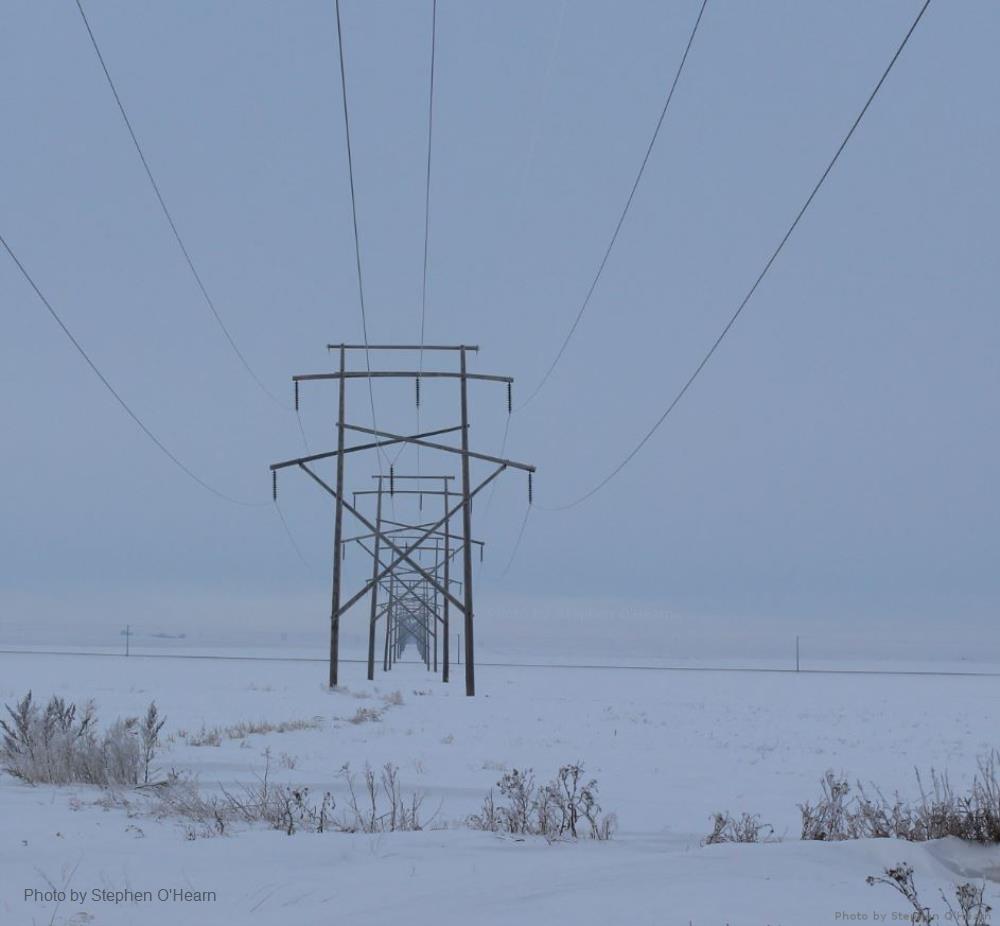
Related items loading ...
Section 1: Publication
Publication Type
Journal Article
Authorship
Brunner, M. I., Melsen, L. A., Wood, A. W., Rakovec, O., Mizukami, N., Knoben, W. J., & Clark, M. P.
Title
Flood hazard and change impact assessments may profit from rethinking model calibration strategies
Year
2020
Publication Outlet
Hydrology and Earth System Sciences Discussions, 1-19
DOI
ISBN
ISSN
Citation
Brunner, M. I., Melsen, L. A., Wood, A. W., Rakovec, O., Mizukami, N., Knoben, W. J., & Clark, M. P. (2020). Flood hazard and change impact assessments may profit from rethinking model calibration strategies. Hydrology and Earth System Sciences Discussions, 1-19.
https://doi.org/10.5194/hess-2020-192 .
Abstract
t. Floods cause large damages, especially if they affect large regions. Assessments of current, local and regional
flood hazards and their future changes often involve the use of hydrologic models. However, uncertainties in simulated floods
can be considerable and yield unreliable hazard and climate change impact assessments. A reliable hydrologic model ideally
reproduces both local flood characteristics and spatial aspects of flooding, which is, however, not guaranteed especially when
5 using standard model calibration metrics. In this paper we investigate how flood timing, magnitude and spatial variability
are represented by an ensemble of hydrological models when calibrated on streamflow using the Kling–Gupta efficiency
metric, an increasingly common metric of hydrologic model performance. We compare how four well-known models (SAC,
HBV, VIC, and mHM) represent (1) flood characteristics and their spatial patterns; and (2) how they translate changes in
meteorologic variables that trigger floods into changes in flood magnitudes. Our results show that both the modeling of local and
10 spatial flood characteristics is challenging. They further show that changes in precipitation and temperature are not necessarily
well translated to changes in flood flow, which makes local and regional flood hazard assessments even more difficult for
future conditions. We conclude that models calibrated on integrated metrics such as the Kling–Gupta efficiency alone have
limited reliability in flood hazard assessments, in particular in regional and future assessments, and suggest the development
of alternative process-based and spatial evaluation metrics
Plain Language Summary


 GWFNet
GWFNet Master
Master Research
Research Map
Map
 Advanced
Advanced . . .
. . .

 Metadata Editor
Metadata Editor
 Record List
Record List
 Alias List Editor
Alias List Editor
 Legacy sites
Legacy sites